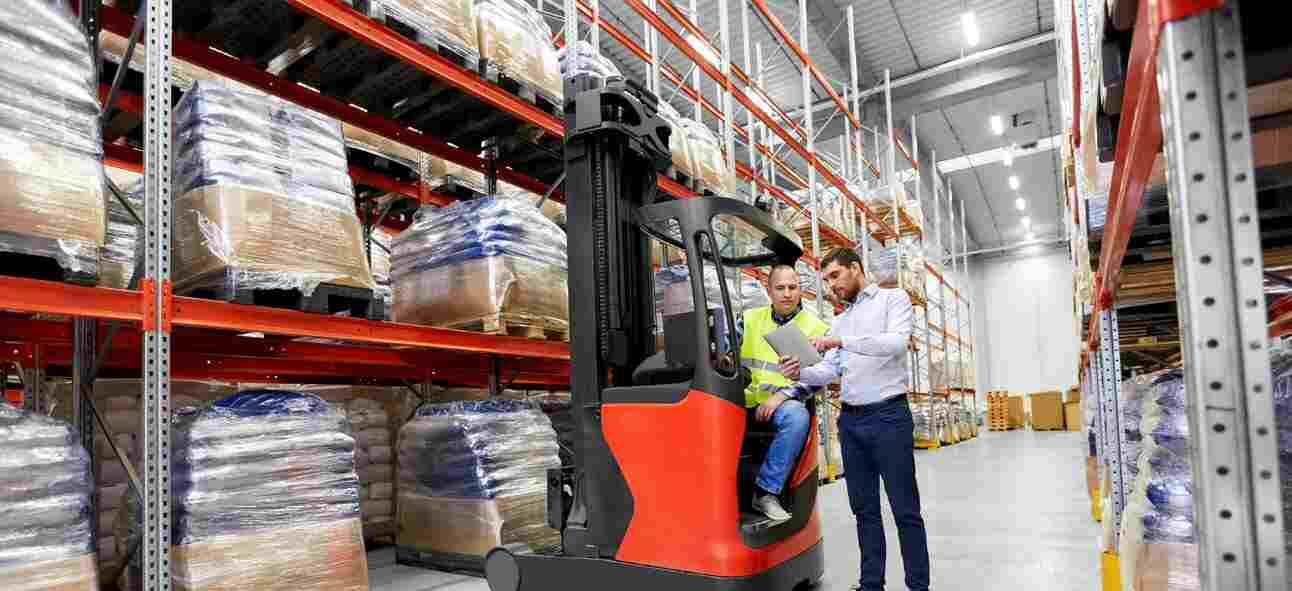Category: Payments
Two in three Europeans now use contactless payments, and the numbers are rising. Merchants who tap into this opportunity will have an edge in being seen as future-ready and safety conscious, particularly in times when convenience and social distancing are big.
For a business, payments can be a rather complex affair to navigate. Merchants in Europe have to keep pace with changing developments – in payments technology, regulation, and consumer behaviour – to stay competitive. Digital payments have been steadily growing in popularity in Europe, where traditionally, cash has been king. Here are 6 points you should know as a merchant.
Cross-border B2B payments are slow and expensive to process, causing cash flow issues for companies. For businesses that rely on cross-border payments, delays in receiving such payments can negatively impact their cash flows, affecting day-to-day operations. But, using automation can enable merchants to settle cross-border payments in real-time.
The speed and convenience of B2C payments are now in demand in B2B payments as well. B2B payments are the larger share of the online payments pie. Yet, B2B payments continue to rely on legacy methods that cause delays, eats-up resources and are vulnerable to fraud. Learn more about the future of B2B payments.
SEPA can be a great way to make speedy cross-border payments within Europe. And with the same convenience as domestic payments. SEPA payments are carried out directly between the sender and recipient’s bank accounts and do not involve cards or card schemes. But how do they work, and why should merchants use them?
E-commerce in Europe is growing at a scorching pace with the greater adoption of digital payments and new market regulations. Despite the e-commerce boom in Europe, payment declines and payments fraud remain issues for merchants. Tokenization seems to be an answer. Learn how it works and why it is taking payments by storm.
Contactless payments through mobile are the new revolution in payments. Majority of the European customers are happy with the contactless payments. What is this new trend sweeping Europe, and how should merchants prepare? Learn why Tap on Phone is here to stay.
Cards are a popular payment method. But they can add up your expenses in various charges. With new fee rules coming in from Visa and Mastercard, European merchants and online sellers have to adopt alternatives that reduce card processing costs without affecting the customer experience.
An interchange fee is a fee that merchants pay to the cardholder’s issuing bank for every card payment. Visa and MasterCard are raising their interchange fees, which has caused much uproar amongst businesses and regulators in Europe. Learn how this will impact your business and how you can prepare for it.
Consumers today are more comfortable buying things cross-border than before. But they demand the same convenience in cross-border transactions as in domestic ones. International sales can open up immediate growth opportunities for e-commerce companies. But improving payment efficiency is critical for merchants to offer a seamless checkout, build trust and cultivate a loyal global customer base.
Card-Not-Present (CNP) fraud is a type of fraud where a fraudster makes an unauthorized transaction without physically presenting the card. CNP fraud most commonly happens in e-commerce but can also occur in other card-not-present channels. Card-Not-Present fraud can spell trouble for your business in the long term, damaging your revenue and brand reputation. Using an omnichannel fraud strategy and AI-based tools can help you fight fraud effectively and avoid chargebacks.
Consumers are seeking more embedded payment experiences, while merchants are looking to offer the best payment options to them. A maturing open banking system and real-time payment rails have led to A2A payments becoming one of the hottest emerging payment methods. Here is how businesses can gain from this versatile form of payment.





















